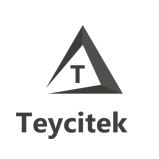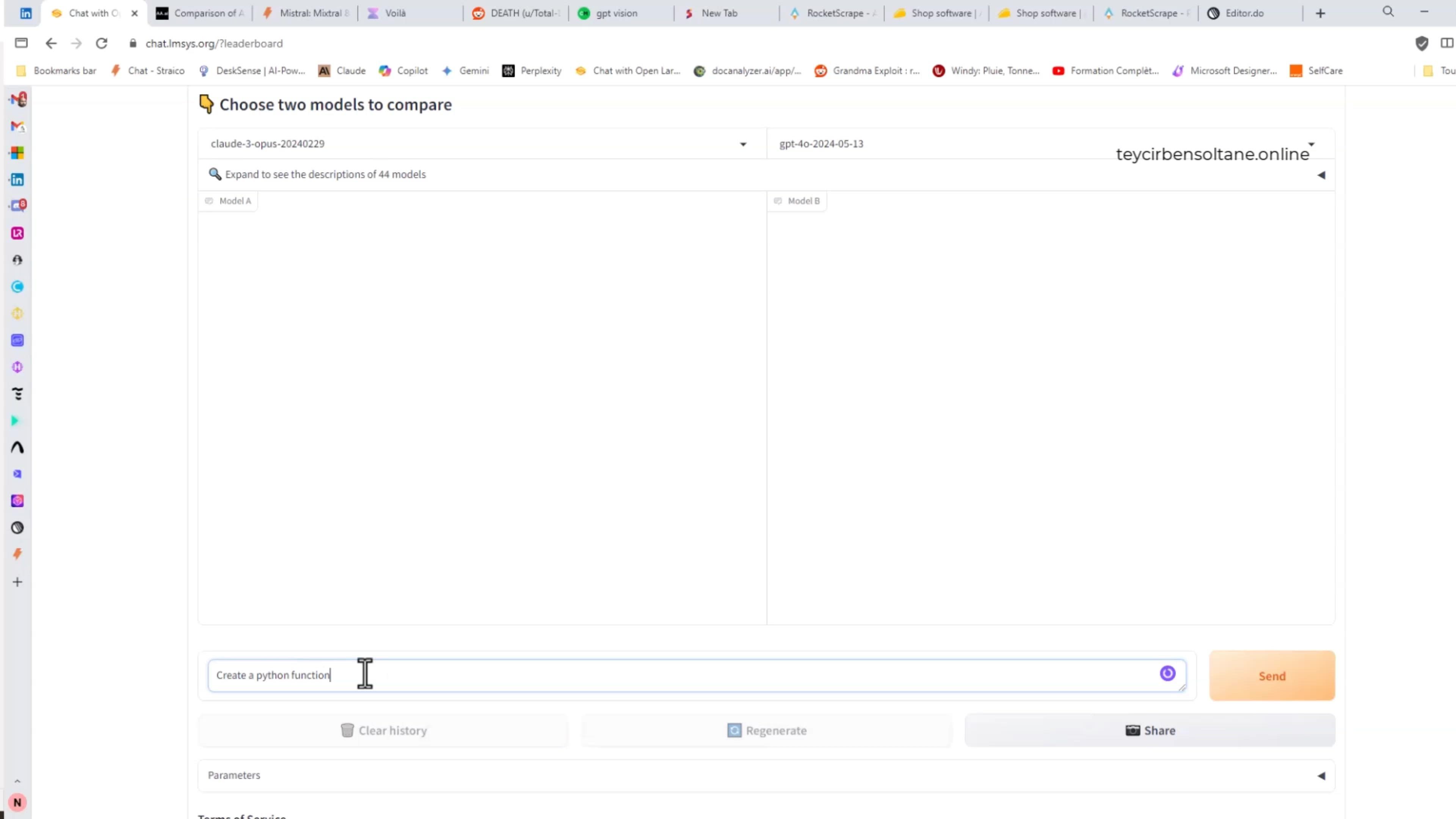Introduction
In this detailed guide, we will examine word embeddings. We’ll learn what they are, how to create them, and their use in NLP. We will study popular algorithms like word2vec and GloVe. We’ll see how these methods have changed our approach to textual data. So, let’s discover the strength of word embeddings in NLP.
Section 1: Understanding Word Embeddings
What are Word Embeddings?
Word embeddings are learned representations of text in an n-dimensional space, where words with similar meanings have similar vector representations. This means that words that are semantically related are represented by vectors that are closely grouped together in a vector space. By encoding the meaning of words in this way, word embeddings have become indispensable for solving various natural language processing problems.
Word embeddings are different from traditional feature extraction methods like Bag of Words or TF-IDF. Instead of treating words as separate entities, word embeddings take into account the context in which words appear to capture the nuances of word relationships. This distributed representation of words allows for more nuanced analysis and modeling of textual data.
Why are Word Embeddings Used?
In order to process text data, machine learning models require numerical inputs. Techniques such as one-hot encoding or unique number encoding can be used to convert text into numerical form. However, these approaches have limitations. One-hot encoding results in sparse vectors, making it computationally expensive and inefficient for large vocabularies. Unique number encoding does not capture the relationships between words, making it challenging for models to interpret and generalize from the data.
Word embeddings provide a solution to these challenges by representing words as dense vectors in a lower-dimensional space. These vectors capture the semantic and syntactic relationships between words, allowing models to learn from the similarities and differences in word embeddings. By using word embeddings, models can effectively process and understand textual information, leading to improved performance in various NLP tasks.
Section 2: Word Embedding Algorithms
The Power of Word2Vec
One of the most popular algorithms for learning word embeddings is word2vec. Developed by Tomas Mikolov and his team at Google, word2vec is a technique that uses a shallow neural network to learn word representations. The objective of word2vec is to ensure that words with similar contexts have similar embeddings. This allows for words that share semantic relationships to be closely grouped together in the vector space.
The word2vec model comprises two main architectures: Continuous Bag-of-Words (CBOW) and Skip-gram. CBOW predicts the probability of a target word based on its surrounding context words, while Skip-gram predicts the context words given a target word. Both architectures learn weights that act as word vector representations, capturing the semantic and syntactic information of words.
The choice between CBOW and Skip-gram depends on the size of the corpus and the complexity of the task. CBOW is faster to train and performs well on small corpora, while Skip-gram is more suitable for large corpora with higher dimensions. These models have transformed the way we create word embeddings, enabling more efficient and effective processing of textual data.
The GloVe Approach
Another popular method for creating word embeddings is GloVe (Global Vectors for Word Representation). Unlike word2vec, which uses neural networks, GloVe is based on matrix factorization techniques applied to a word-context matrix. This matrix contains co-occurrence information, indicating how frequently words appear together in a corpus.
GloVe takes into account the frequency of word co-occurrences and assigns more weight to closer words, while considering the entire corpus. By factorizing this matrix, GloVe generates lower-dimensional word representations, where each row represents a vector for a specific word. These vectors capture the semantic relationships between words, allowing for meaningful analysis and interpretation of textual data.
Both word2vec and GloVe have their strengths and are widely used in various applications. Researchers and practitioners often choose the most suitable algorithm based on their specific requirements and the characteristics of their text data.
Section 3: Applications of Word Embeddings
Enhancing Natural Language Processing
Word embeddings have greatly changed Natural Language Processing. They have helped improve tasks like sentiment analysis, named entity recognition, text classification, and machine translation. Word embeddings are vectors that represent words in a space, containing semantic and syntactic information. These embeddings enhance the ability of models to process and interpret text data.
Word embeddings can help classify text as positive, negative, or neutral in sentiment analysis by capturing the sentiment of words and their relationships. Word embeddings can be used in named entity recognition to find and categorize named entities like people, organizations, and locations based on the meanings of words.
Word embeddings also play a crucial role in machine translation, where models translate text from one language to another. Word embeddings help models to improve translation accuracy by mapping words with similar meanings across languages in a shared vector space.
Word embeddings have also been applied to improve information retrieval systems. By representing documents and queries as vectors in a vector space, word embeddings enable efficient and effective matching of query and document vectors. This allows for more accurate retrieval of relevant documents based on semantic similarities.
In information retrieval systems, word embeddings can enhance the representation of documents and queries, capturing the underlying meaning and context. This enables more precise retrieval of relevant documents, even when the exact terms used in the query may not match the terms in the documents.
Section 4: Creating Word Embeddings
Pre-trained Word Embeddings
Creating word embeddings from scratch can be a time-consuming and resource-intensive process, especially for large corpora. To overcome this challenge, pre-trained word embeddings are widely used. These pre-trained embeddings are already trained on massive amounts of textual data and are readily available for use in various NLP tasks.
There are several popular pre-trained word embedding models, such as Flair, fastText, SpaCy, Word2Vec, and GloVe. These models provide pre-trained word embeddings that capture the semantic relationships between words, allowing for efficient and effective processing of textual data.
Using pre-trained word embeddings offers several advantages. Firstly, it saves time and computational resources as the embeddings are already trained. Secondly, pre-trained embeddings are trained on large and diverse datasets, ensuring that they capture a wide range of semantic relationships. Finally, pre-trained embeddings can be easily integrated into existing NLP pipelines, allowing for seamless integration and improved performance.
Training Word Embeddings
While pre-trained word embeddings are convenient and effective, there may be situations where training custom word embeddings is necessary. Training word embeddings from scratch allows for more control over the embedding process and can be tailored to specific domains or tasks.
To train word embeddings, a large corpus of text data is required. This corpus serves as the training data for the word embedding algorithm. The algorithm learns the embeddings from the text data by adjusting the vector values to capture the meaning of words.
Training word embeddings requires careful consideration of parameters such as vector dimensionality, window size, and training iterations. These parameters can significantly impact the quality and performance of the resulting embeddings. Therefore, it is essential to experiment with different parameter settings to optimize the embeddings for the specific NLP task at hand.
Section 5: Best Practices for Word Embeddings
Choosing the Right Dimensionality
The dimensionality of word embeddings plays a crucial role in their effectiveness. Higher-dimensional embeddings can capture more nuanced semantic relationships but may require more computational resources and data. On the other hand, lower-dimensional embeddings may not capture subtle semantic nuances but are computationally efficient.
The choice of dimensionality depends on the size of the corpus, the complexity of the task, and the available computational resources. It is recommended to experiment with different dimensionality and evaluate their impact on the performance of the NLP task at hand.
Fine-tuning Pre-trained Embeddings
In some cases, pre-trained word embeddings may not perfectly align with the specific NLP task or domain. In such situations, fine-tuning the pre-trained embeddings can improve their performance and relevance.
Fine-tuning involves updating the vector values of the pre-trained embeddings using domain-specific or task-specific data. This process allows the embeddings to adapt to the specific nuances and characteristics of the target task, enhancing their effectiveness.
When fine-tuning pre-trained embeddings, it’s important to consider the amount of data available and the similarity between the pre-trained data and the target task. It is essential to strike a balance between retaining the valuable information from the pre-trained embeddings and adapting them to the specific task requirements.
Evaluating Embedding Quality
The quality of word embeddings can significantly impact the performance of NLP models. Therefore, it is crucial to evaluate the quality of the generated embeddings before using them in a specific task.
There are various evaluation metrics and benchmarks available for assessing the quality of word embeddings. These metrics measure the semantic similarity, syntactic relationships, and analogical reasoning capabilities of the embeddings. By evaluating the embeddings using these metrics, researchers and practitioners can ensure that they are of high quality and suitable for the target NLP task.
Section 6: Conclusion
In conclusion, word embeddings have revolutionized the field of Natural Language Processing, enabling more efficient and effective analysis of textual data. Word embeddings are vectors that represent words in a space. They capture the relationships between words, helping models understand text better.
Techniques such as word2vec and GloVe have played a crucial role in the development of word embeddings, offering powerful algorithms for learning word representations. These algorithms have been applied to various NLP tasks, improving performance and enabling more accurate analysis of textual data.
When using word embeddings, we need to consider the requirements of the NLP task and choose the right techniques and parameters. To make the most of word embeddings in NLP projects, experts should fine-tune embeddings and assess their quality.
Word embeddings have opened up new possibilities in NLP, empowering machines to understand and process human language more effectively. As the field continues to advance, word embeddings will undoubtedly play a pivotal role in shaping the future of natural language processing. So, embrace the power of word embeddings and unlock the true potential of NLP.















